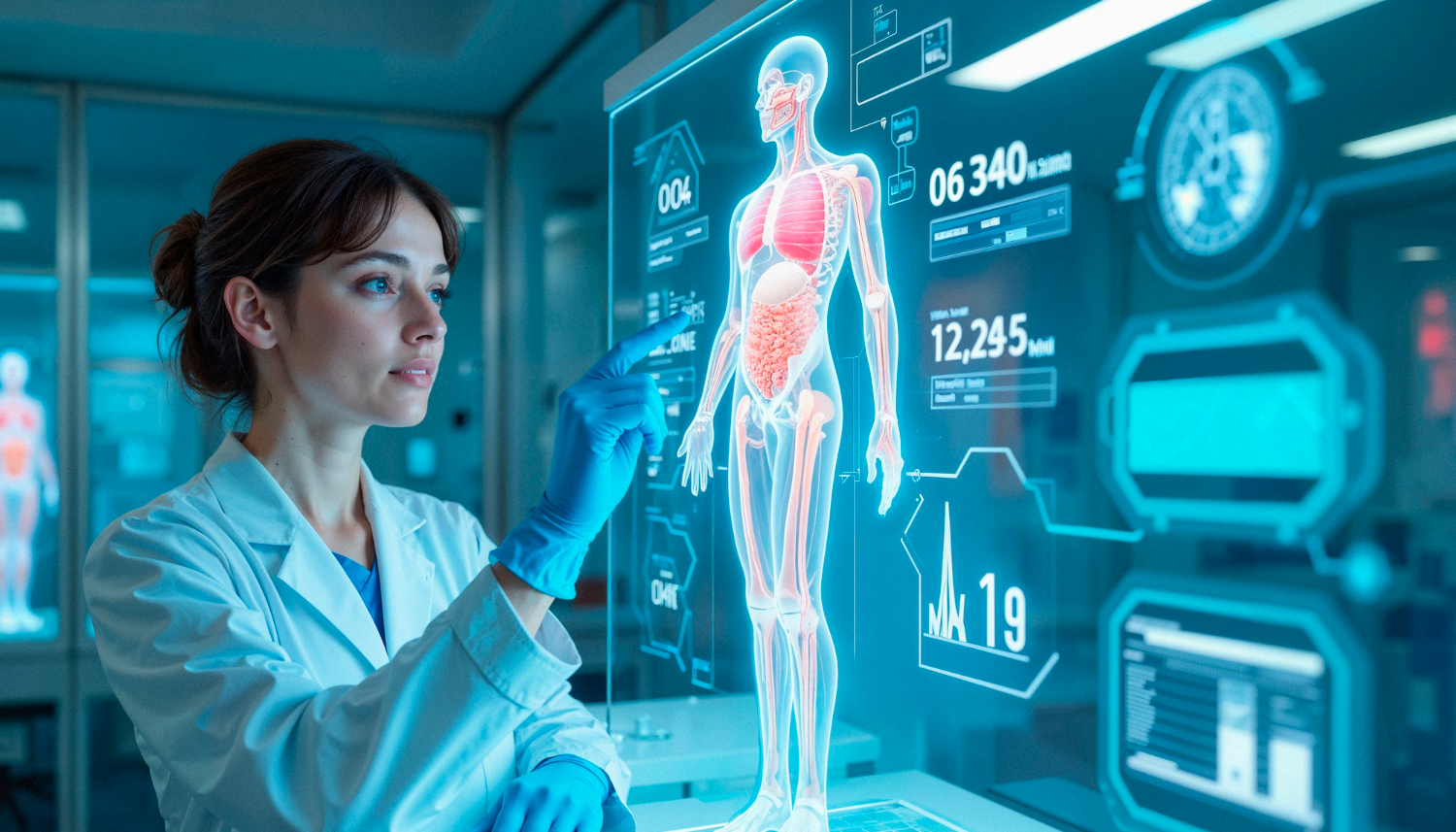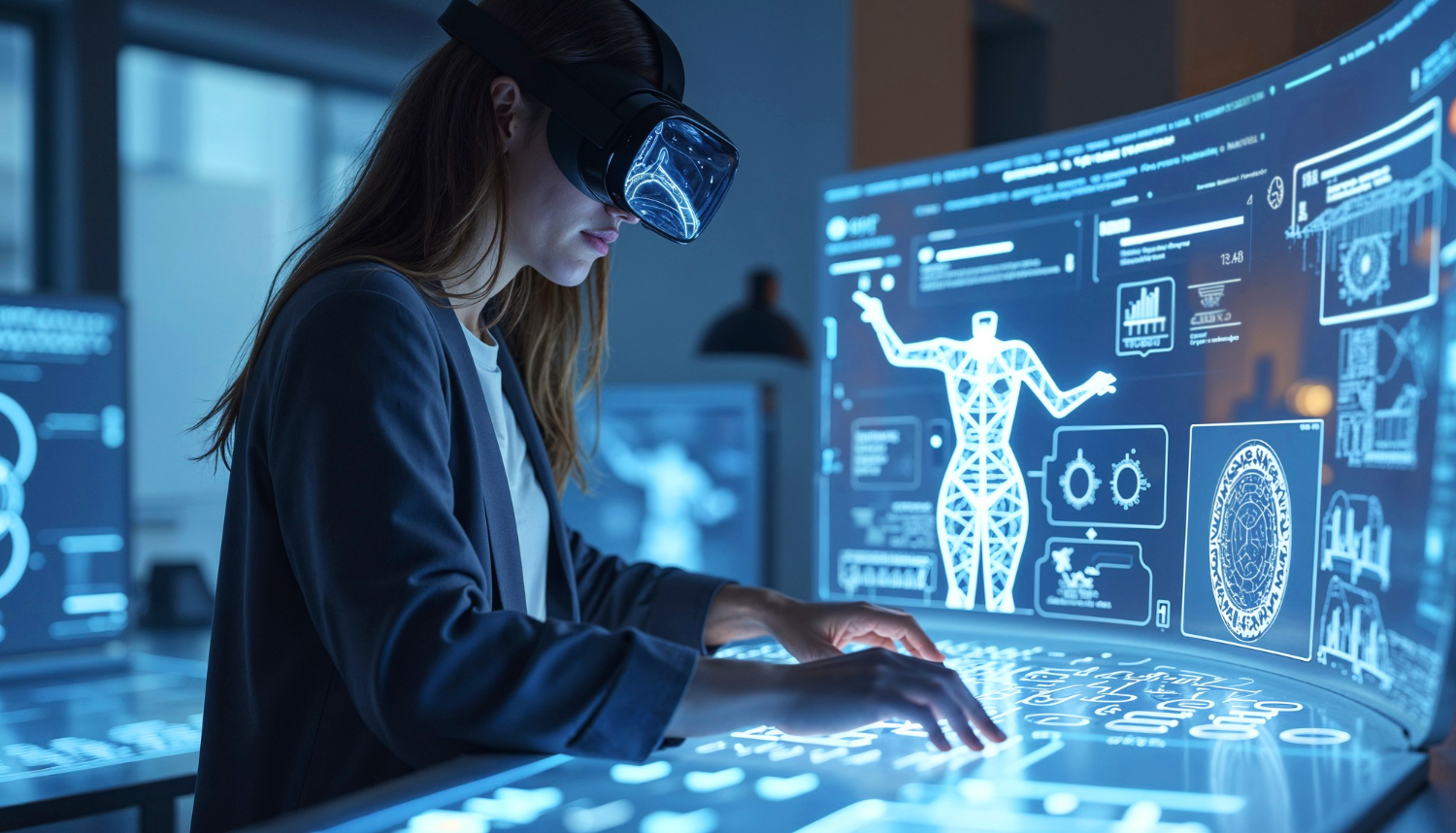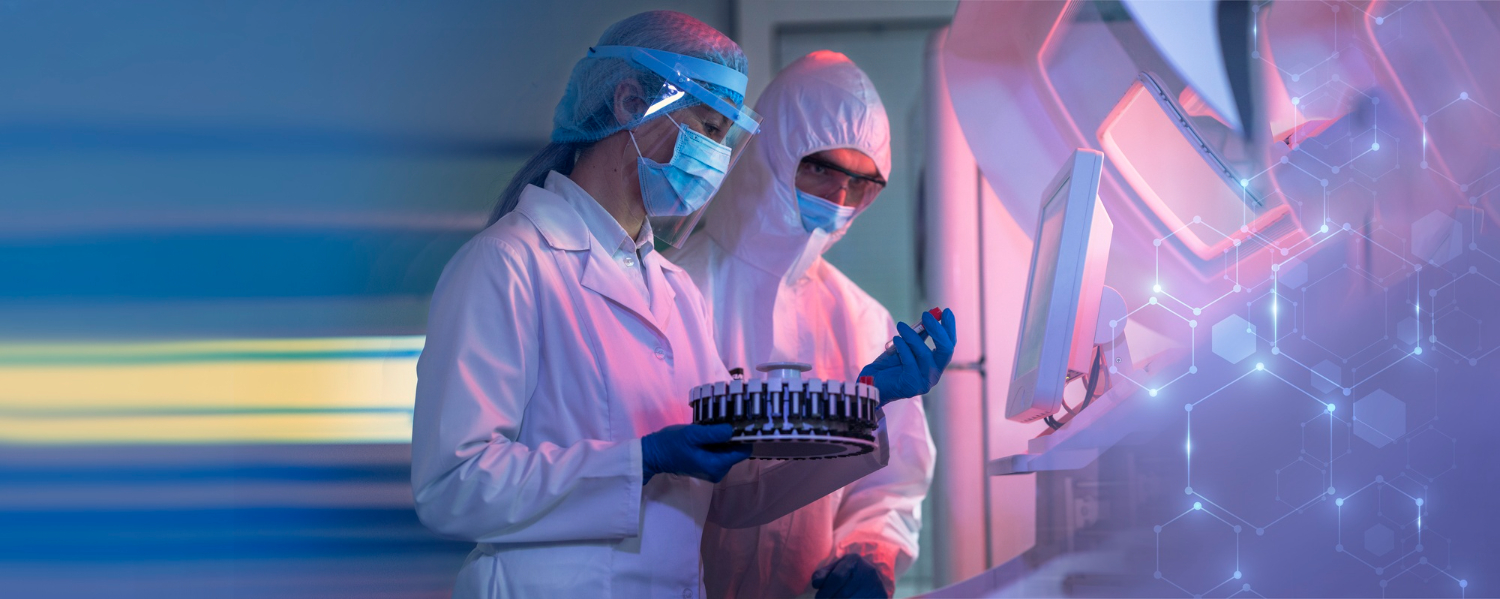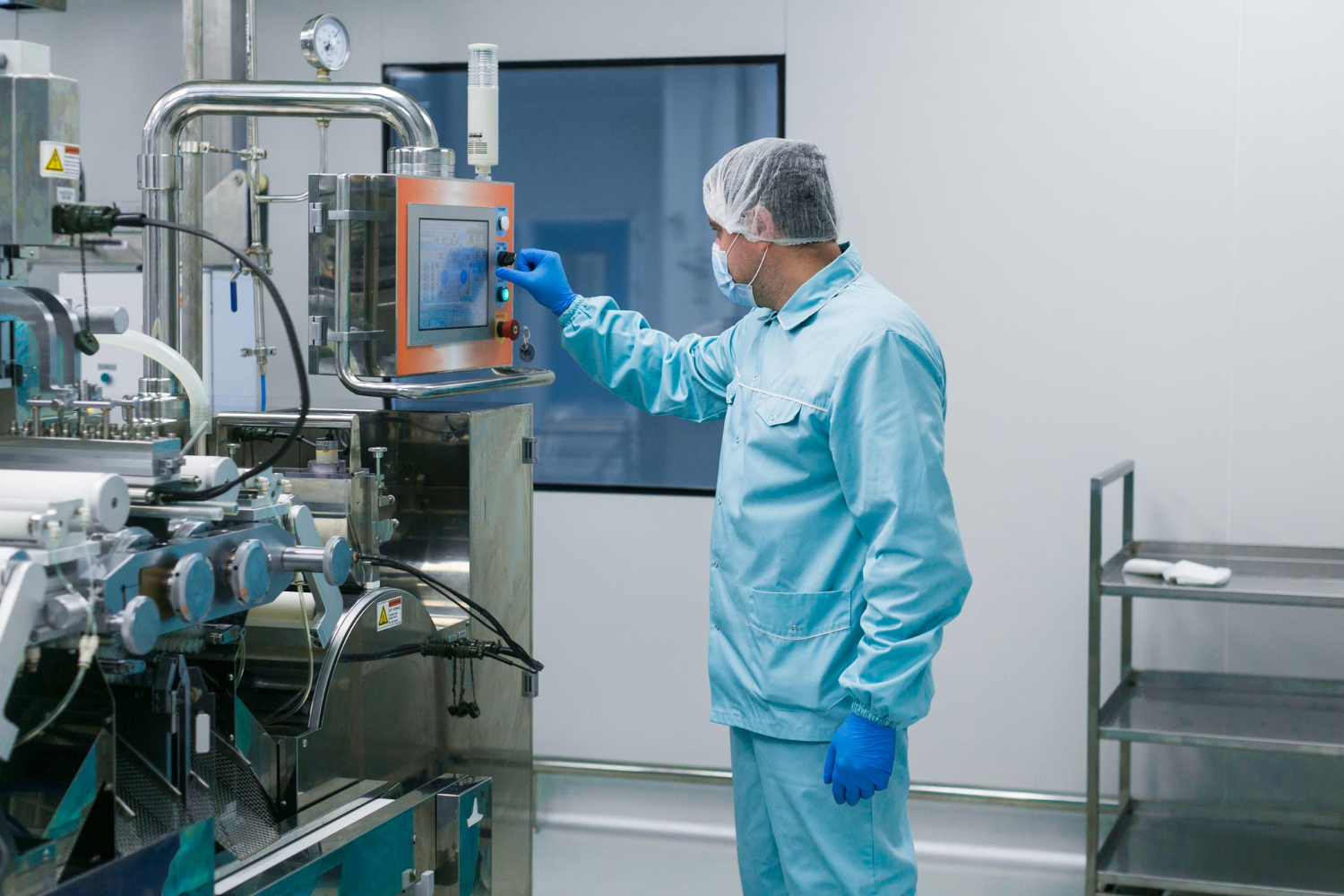Introduction
One of the most important elements of a successful smart city is enabling the people living there to move around easily without inconvenience. This means accommodating affordable, sustainable, and efficient public and private transportation options. Artificial intelligence innovations can help make this possible and have been creating a significant impact. In fact, the worldwide market for artificial intelligence (AI) in transportation is forecasted to expand to approximately 23.11 billion dollars by 2032.
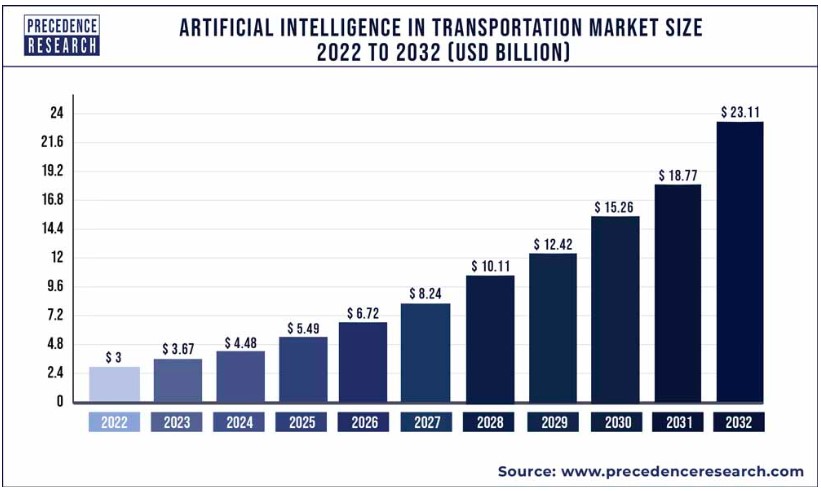
Transportation can be split into various sectors, from public systems like buses and metros to private vehicles like cars. With respect to public transit systems, AI can improve efficiency by optimising route planning and scheduling. On the private side, AI can be applied to autonomous driving, smarter route navigation, and more effective traffic and parking management. AI-enabled technologies like computer vision, GPU acceleration, generative AI, and IoT Edge computing play key roles in these applications.
In this article, we’ll look at a few ways AI makes a difference in the transportation industry. We’ll also address the challenges faced when implementing such solutions and how Technolynx can step in and help. Let’s get started!
Using AI To Analyse Traffic
IoT edge computing can analyse traffic and gain real-time insights into traffic dynamics and patterns. It involves processing and analysing data at the network edge, where data is generated, rather than relying on centralised servers. This allows quicker decision-making and better response times to manage dynamic traffic situations. The 2012 National Traffic Signal Report Card stated that inefficient traffic signals contribute to 295 million vehicle hours of traffic delay and showed the need for adopting such advanced technologies to optimise traffic management and alleviate congestion.
IoT edge computing works by deploying edge devices with sensors and cameras at key locations like intersections, highways, and urban centres. These devices collect real-time data on vehicle flow, speed, congestion, and other traffic parameters.
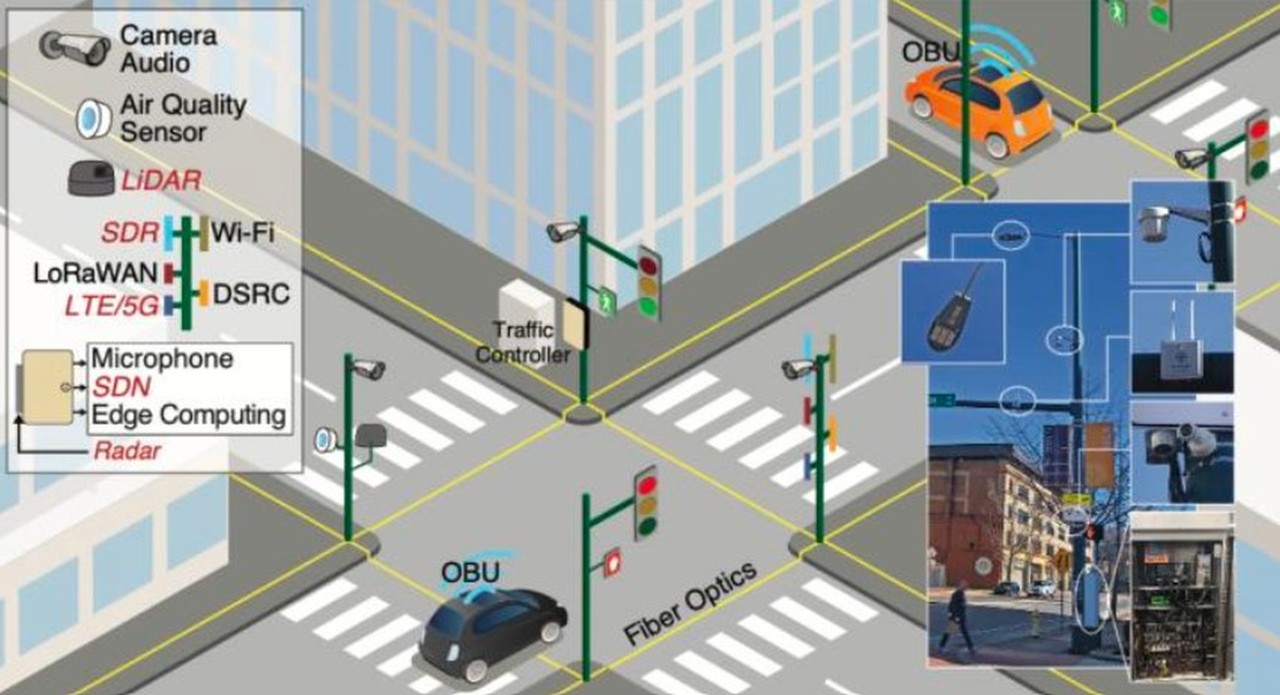
What is done with this data, and why is it useful? The data gathered is analysed to provide vital insights into traffic dynamics. This information serves a crucial role in:
- Identifying congestion hotspots and traffic patterns
- Enabling quicker decision-making for traffic management authorities
- Optimising traffic signal timings to alleviate congestion
- Providing real-time updates to commuters through navigation apps
- Enhancing overall traffic flow and reducing travel times
Beyond this, AI can also be used to simulate and plan traffic. Using generative AI, we can model different traffic conditions and assess the impact of various strategies on congestion and traffic flow. By looking at historical data, predictive models can anticipate future traffic patterns and help make proactive decisions.
A recent study by the NVIDIA Research team focused on developing a new AI model for simulating traffic intersections. This model, known as Bi-Level Imitation for Traffic Simulation (BITS), demonstrated remarkable traffic simulation accuracy and diversity improvements. BITS breaks down the AI model into two parts: a high-level prediction component and a low-level control component. This setup enables BITS to generate many traffic patterns that closely mimic real-world behaviour. By organising the model in this hierarchical way, BITS can accurately replicate complex traffic behaviours and generate specific scenarios precisely.
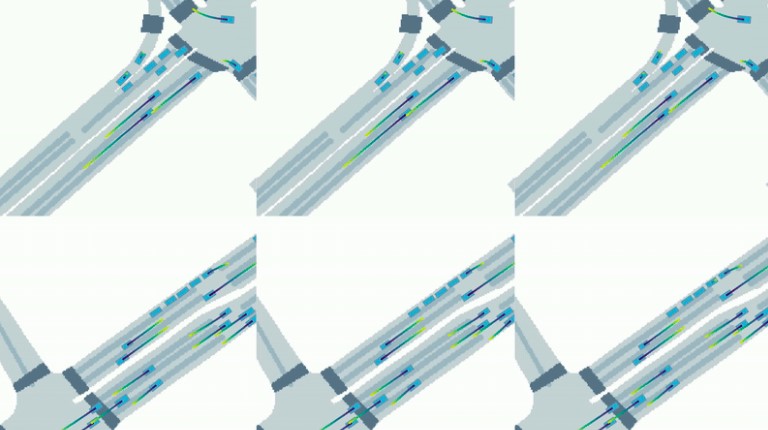
GPU-Accelerated Passenger Flow Analysis for Metro Efficiency
Metros are a great part of public transportation in smart cities. Managing passenger flow is important for metro systems to maintain smooth operations and enhance commuter experiences. By using GPU-accelerated real-time passenger flow analysis, metro authorities can gain actionable insights into crowd dynamics within stations. This information enables them to make data-driven decisions to optimise resources and improve overall system performance.
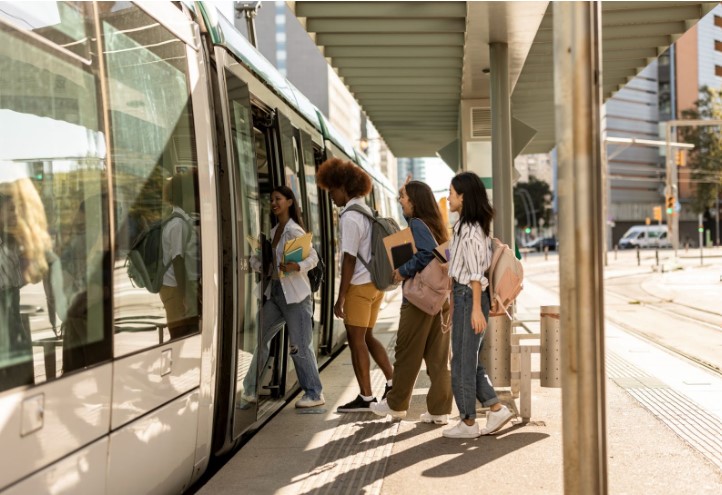
How does this work? The parallel processing capabilities of graphics processing units (GPUs) can rapidly analyse large volumes of video data from CCTV cameras. As video feeds are streamed from various cameras installed throughout metro stations, specialised algorithms running on GPUs detect and track individual passengers’ movements as they happen. These algorithms use advanced computer vision techniques to identify and analyse key metrics such as passenger density, flow direction, and congestion patterns. By continuously processing and analysing this data, the system can generate actionable insights into passenger behaviour and station dynamics.
Here are the benefits of GPU-accelerated metro passenger flow analysis:
- Enhanced commuter safety and satisfaction
- Optimised train scheduling
- Efficient platform management
- Improved crowd control during peak hours
- Proactive intervention to prevent congestion
- Data-driven decision-making based on real-time insights
Detecting Violations and Ensuring Safety on the Road
We can implement AI solutions for public safety in the transportation industry. The Global Status Report on Road Safety 2023 by the World Health Organization (WHO) highlights the ongoing global challenge of road traffic deaths, with 1.19 million fatalities annually. With the adoption of artificial intelligence technologies in transportation, new methods for detecting road violations have emerged. Traffic management authorities can significantly improve their ability to monitor and enforce traffic laws using AI. The enforcement of these laws ultimately leads to safer roads and improved commuter experiences.
AI-powered systems for traffic can change the way violations are detected and managed on roadways. These systems use advanced computer vision algorithms to analyse real-time footage from surveillance cameras installed along roads, highways, and intersections. AI can support instant remediation and prevention by detecting and tracking various traffic violations such as speeding, illegal lane changes, and running red lights.
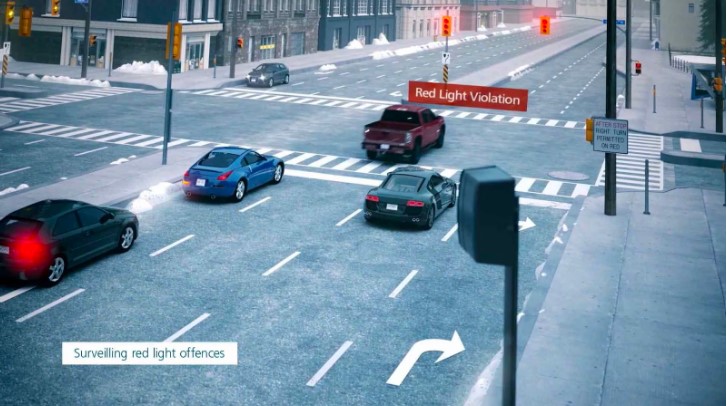
How is this beneficial when compared to manual methods of detecting violations? AI makes continuous, real-time monitoring and analysis possible. Unlike manual techniques, which rely on human operators’ limited availability and subjective judgement, AI systems work around the clock, processing vast amounts of data without fatigue. This leads to more consistent and unbiased enforcement.
Optimising Parking Management with AI
As cities grow rapidly, we can see more cars on the road and a higher demand for parking spaces. Traditional parking management methods can’t keep up, leading to traffic jams, wasted space, and many frustrated drivers. This is where AI comes in with a smart solution.
Using a network of cameras, a subfield of AI, computer vision, can quickly determine free parking spots and let drivers know in real-time. This makes finding a parking spot much easier and helps reduce unnecessary congestion in our cities.
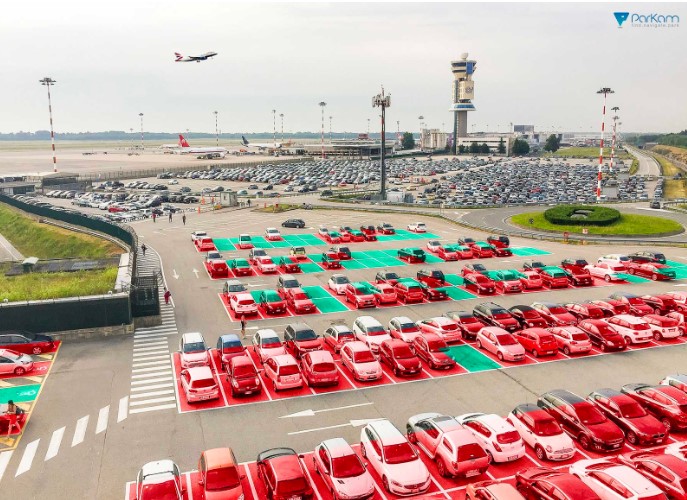
How does this solution work? Let’s break it down and understand the steps involved.
- Step 1: First, a network of cameras is installed throughout the parking area. These cameras continuously monitor parking spaces to capture real-time images and video footage.
- Step 2: Computer vision models can then recognise the difference between occupied and vacant parking spots in these images.
- Step 3: Once the computer vision system identifies a free parking spot, this information is updated in real time on a digital map or a parking app accessible to drivers.
- Step 4: Drivers can use the app or digital map to view the available parking spots, allowing them to head directly to the nearest free space without circling around looking for parking.
Number plate recognition using computer vision can further streamline the solution by eliminating the need for fumbling with tickets and helping replace them with touchless payment systems. Computer vision can also be used to deter theft and vandalism by identifying suspicious activity and keeping your car safe while you’re away.
AI Innovations to Make Public Transportation More Accessible
AI can also help break down barriers and improve the travel experience for individuals who face mobility challenges, are visually impaired, or have other disabilities. For example, machine learning algorithms can power apps that guide users with voice directions at subway stations or bus stops, making navigating easier for those with visual impairments. Natural language processing could also be used here to translate directions between different languages. Similar apps could also use predictive analytics to double-check the availability of specific needs like accessibility vehicles and searing for passengers with disabilities.
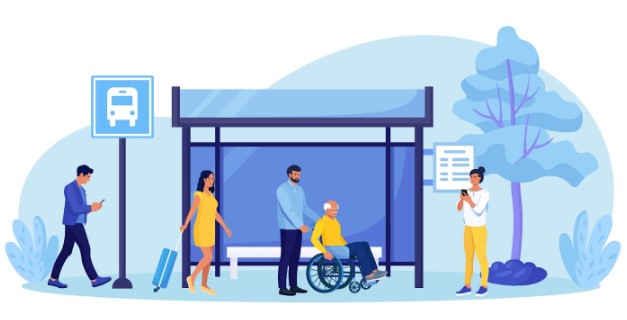
IoT sensors could be installed to monitor the accessibility features of infrastructure, such as whether elevators or escalators are working, and share this information in real time. This helps people plan their travel more confidently, knowing they won’t face unexpected obstacles. Technologies like natural language processing for voice-guided apps, predictive analytics for service optimisation, and IoT for infrastructure monitoring are just a few examples of how AI can be specifically tailored to enhance accessibility. By integrating AI into public transport, we’re moving towards an inclusive system. We can ensure everyone can get around easily.
Future Trends in AI and Transportation
The future of AI in transportation is targeted towards innovations like autonomous vehicles and supporting green energy. These innovations aim to streamline traffic flow, reduce environmental impact, and enhance safety. It’s about creating a smarter way for all of us to travel, where vehicles talk to each other and to the traffic system to keep things moving smoothly and safely.
At the same time, electric and hybrid cars equipped with AI are becoming more common, nudging us toward a future where travel does less harm to the environment. These cars are smart enough to adjust how they drive based on real-time conditions, which means they use energy more efficiently. This saves power and helps cut down on the emissions that contribute to climate change. So, the future of using AI in transportation means not only faster and safer trips but also helping the environment, leading us towards smarter and greener travel.
Implementation Challenges
Implementing AI in transportation systems comes with its own unique set of challenges. One of the main challenges is the integration of AI technologies with existing infrastructure, which often requires significant upgrades or modifications. This includes adapting road networks, traffic signals, and vehicle fleets to accommodate AI-driven systems. Also, ensuring new AI technologies work well with existing transportation systems is key. This means planning, coordinating, and investing carefully to overcome technical challenges and make the switch to AI-driven transportation smooth.
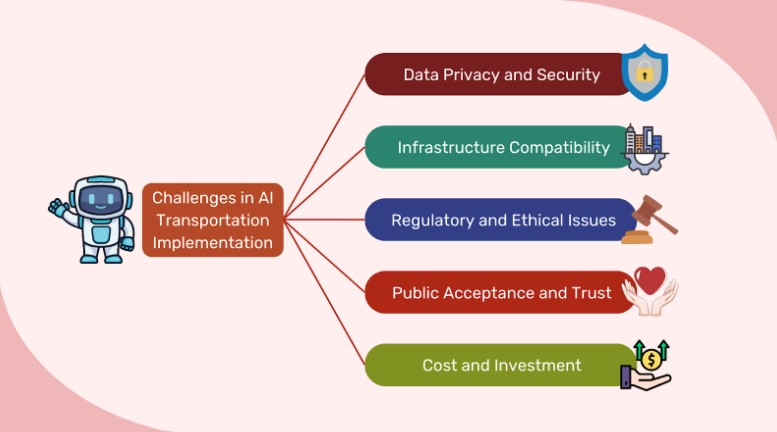
Aside from technical integration issues, there are concerns regarding data privacy, ethical implications, public acceptance, and cost constraints. To overcome these challenges and concerns, TechnoLynx can offer expertise in navigating these hurdles.
What We Can Offer as TechnoLynx
TechnoLynx specialises in the latest advancements with respect to computer vision, GPU acceleration, generative AI, and IoT edge computing. We focus on creating custom, innovative solutions that improve efficiency and drive growth. Whether it’s making smarter parking management systems or introducing cutting-edge AI applications, we’re dedicated to transforming your operations.
As a leading software R&D consulting firm, we’re here to help you navigate the digital landscape and explore the potential of advanced technologies tailored to your needs. Let’s connect and see how TechnoLynx can bring your vision to life.
Conclusion
Using AI solutions to manage traffic, move people, and help park cars is improving our cities. It’s making our commutes smoother, reducing the risk of accidents, and solving the headache of finding a parking spot. This move towards smarter transportation is not just about convenience; it’s about creating safer, cleaner, and more efficient ways to live and move.
As we adopt these advanced technologies, we’re stepping into a future where getting around is easier and more sustainable. With AI leading the way, we’re reshaping how we think about travel in our cities.
Sources for the images:
- BSW (n.d.) -ParKam – Improved site is now up and running](https://www.bl-sw.com/news/parkam-improved-site-is-now-up-and-running/)
- Envato Elements (n.d.) Group of diverse friends in public transport
- Envato Elements (n.d.) Passengers waiting public transport at bus stop
- Ivanovic, B., Pavone, M., & Zadok, I. (2023). Simulating Realistic Traffic Behavior with a Bi-Level Imitation Learning AI Model
- Jenoptik (n.d.) Innovative red light camera systems for combined speed and red light enforcement.
- Precedence Research (2023) Artificial Intelligence in Transportation Market Size, Report 2032
References:
- ArXiv, 2022. Imitation Learning for Real World Autonomous Driving Research.
- Cities Today, n.d. Chattanooga to trial energy-saving adaptive traffic control systems.
- NVIDIA Developer Blog, n.d. Simulating Realistic Traffic Behavior with a Bi-level Imitation Learning AI Model
- Precedence Research, n.d. Artificial Intelligence in Transportation Market Size, Share & Trends Analysis Report by Mode of Transportation (Roadways, Railways, Airways, and Maritime), Solution, Application, and Region, and Segment Forecasts, 2021 - 2030
- World Health Organization, 2023. Global status report on road safety 2023


